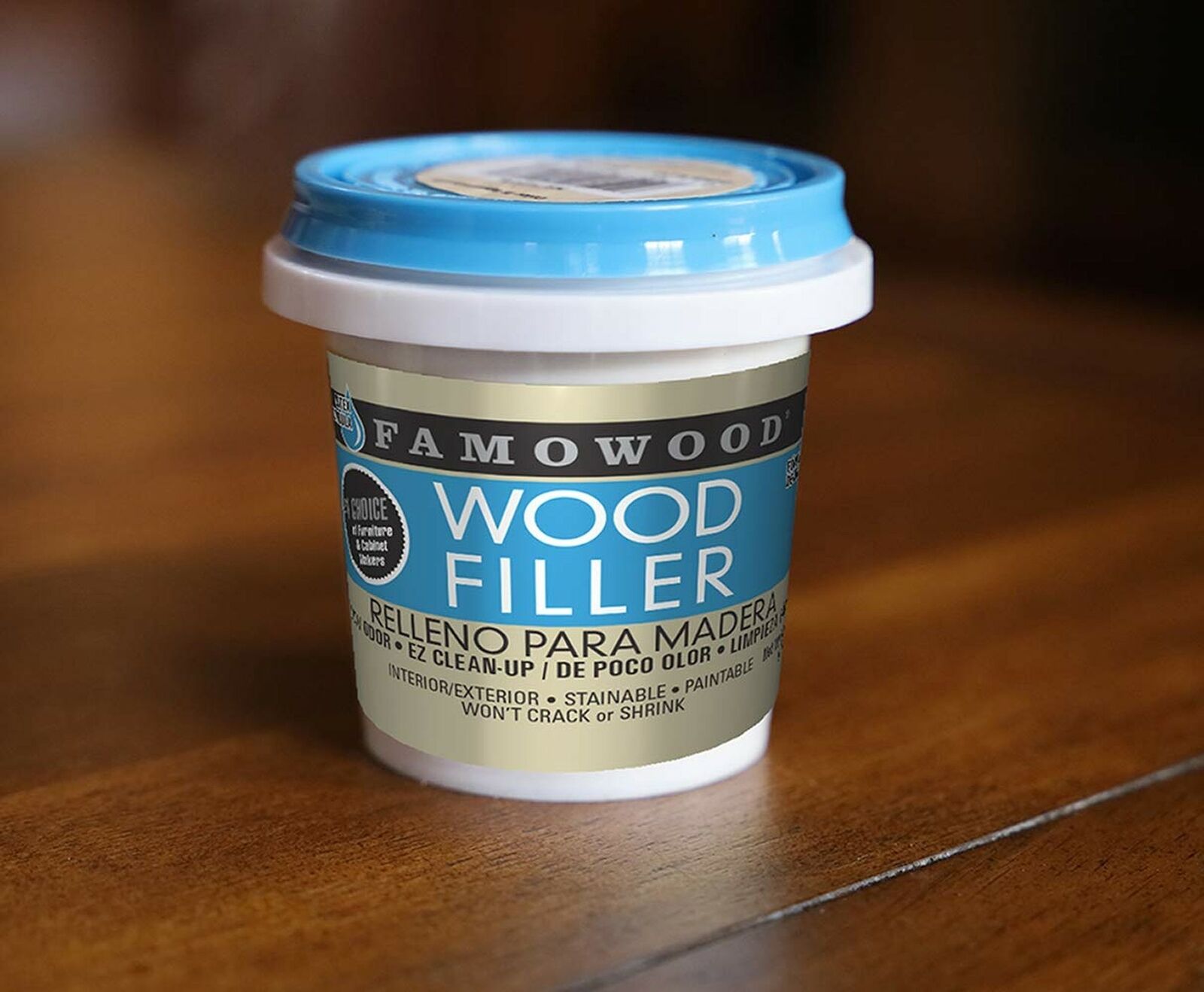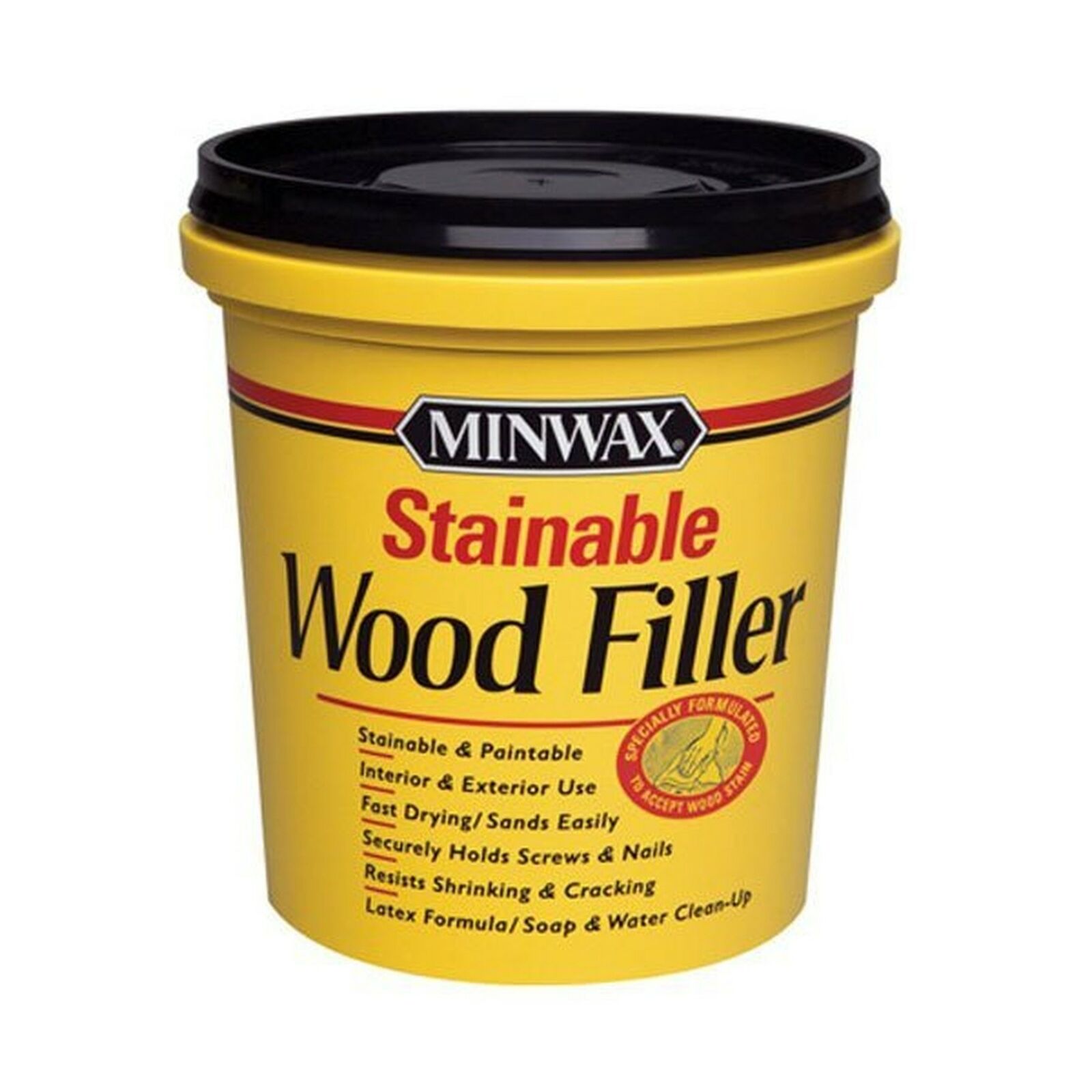Types of Grain Fillers for Oak Cabinets

Choosing the right grain filler for your oak cabinets is like picking the perfect outfit for a big night out – you want something that looks amazing, lasts, and is easy to work with, *tau lah*. Oak, with its beautiful but sometimes prominent grain, needs a filler that can handle the job without making a *gedubrug* (mess). Let’s explore your options.
Wood Filler Comparison: Wood Filler, Epoxy Filler, and Paste Wood Filler
These three types of grain fillers each have their own *keunikan* (unique characteristics), so picking the right one depends on your project and how *pede* (confident) you are with DIY.
Application Methods and Drying Times
Best grain filler for oak cabinets – Wood Filler: This is your everyday, *biasa aja* (ordinary) grain filler. It’s usually applied with a putty knife, working it into the grain. Drying time varies depending on the brand and the thickness of the application, but generally, you’re looking at anywhere from 30 minutes to a few hours for it to be touch-dry. A thinner application will dry faster, *pasti*.
Epoxy Filler: This is the *jagoan* (champion) for filling deep gaps and cracks. It’s a two-part system (resin and hardener), mixed just before application. You’ll use a similar application method as wood filler, but be quick because epoxy has a relatively short working time before it sets. Drying time can be longer, often requiring overnight drying or even longer depending on the depth of the fill.
Paste Wood Filler: This filler is thicker and easier to control than regular wood filler, making it great for vertical surfaces. Application is similar, using a putty knife or a flexible spatula. Drying times are usually similar to regular wood filler, depending on the thickness of the application. A *ngamprah* (quick) wipe-down with a damp cloth is recommended before it fully hardens for a smoother finish.
Advantages and Disadvantages of Each Filler Type
Wood Filler: Advantages: Relatively inexpensive, easy to sand, readily available. Disadvantages: Not as durable as epoxy, may shrink slightly after drying, less effective for large gaps.
Epoxy Filler: Advantages: Extremely durable, excellent for filling deep cracks and gaps, strong bond. Disadvantages: More expensive, shorter working time, can be more difficult to sand, needs careful mixing.
Paste Wood Filler: Advantages: Easy to control, good for vertical surfaces, holds its shape well. Disadvantages: Can be slightly more expensive than regular wood filler, sanding may still be needed for a perfectly smooth finish.
Grain Filler Comparison Table
| Filler Type | Cost | Ease of Sanding | Suitability for Grain Openness |
|---|---|---|---|
| Wood Filler | Low | Easy | Low to Medium |
| Epoxy Filler | Medium to High | Medium | Medium to High |
| Paste Wood Filler | Medium | Easy to Medium | Low to Medium |
Application Techniques and Best Practices

Euy, so you’ve got your oak cabinets and you’re ready to give them that *sweeet* grain-filled finish? Mantap! But before you go wild with the filler, there’s a *sedikit* prep work needed to get those cabinets looking like a million bucks. Think of it as giving your cabinets a proper spa day before the makeover.
Getting a smooth, even finish requires careful preparation and application. It’s all about the details, *eh*! Skipping steps can lead to a messy finish, so pay attention, ya? This ain’t rocket science, but it does need some *perhatian*.
Cabinet Preparation
Before you even think about touching that grain filler, your cabinets need a good clean and a thorough sanding. Think of it as prepping the canvas before you start painting a masterpiece, *tau*? Otherwise, you’ll end up with a bumpy, uneven finish. This section Artikels the necessary steps.
- Clean the Cabinets: Start by wiping down your cabinets with a tack cloth or a slightly damp cloth to remove any dust, dirt, or debris. Make sure everything is squeaky clean. Imagine a spotless, gleaming surface – that’s the goal!
- Sand the Cabinets: Use progressively finer grit sandpaper (starting with 120-grit, then moving to 180-grit, and possibly 220-grit) to smooth out any imperfections in the wood. Sand with the grain, *ya*. Don’t go crazy and sand too aggressively, just enough to get a smooth surface. You want it smooth as a baby’s bottom, *deh*.
- Prime the Cabinets (Optional): A primer can help the grain filler adhere better and create a more even finish. Use a high-quality primer designed for wood, and apply it according to the manufacturer’s instructions. Let it dry completely before proceeding. This step adds an extra layer of protection and ensures a better final look.
Applying the Grain Filler, Best grain filler for oak cabinets
Alright, now for the fun part – applying the grain filler! The method depends on the type of filler you’re using, so pay close attention to the instructions on the packaging. But here are some general tips to keep in mind. Remember, practice makes perfect, so don’t be afraid to experiment (on a scrap piece of wood first, *ya*!).
- Apply the Filler: Use a putty knife or a flexible spreader to apply the grain filler, working it into the open grain of the wood. Apply a generous amount, ensuring all the pores are filled. Imagine spreading peanut butter evenly on toast, *gitu*. Make sure there are no gaps or areas that look thinner than others.
- Remove Excess Filler: Once the filler has sat for a few minutes (check the manufacturer’s instructions), use a clean, damp cloth or a putty knife to remove any excess filler. Work quickly and carefully to avoid disturbing the filler that’s already set in the wood. Think of it as gently wiping off excess icing from a cake, *deh*.
- Let it Dry: Allow the grain filler to dry completely according to the manufacturer’s instructions. This usually takes a few hours. Don’t rush this step, *ya*, or you’ll end up with problems later. Patience is key here.
- Sand the Surface: Once dry, lightly sand the surface with fine-grit sandpaper (320-grit or higher) to create a perfectly smooth surface. Sand gently, with the grain, until the surface is completely smooth. This is where you’ll get that professional-looking finish.
Choosing the Right Grain Filler for Specific Needs: Best Grain Filler For Oak Cabinets
:max_bytes(150000):strip_icc()/SPR-HOME-10-best-wood-fillers-5089771-01-59f9d81d4adf40b2a85a2f4d45986b23.jpg)
Picking the right grain filler for your oak cabinets is like choosing the perfect outfit – you need to consider the occasion (or the damage!), the fabric (the wood!), and the overall look you’re going for. Getting it wrong can be a real *macem*, so let’s break it down, *ya?*
Choosing the right grain filler depends heavily on the type and extent of the damage you’re tackling. A small scratch needs a different approach than a gaping hole, *tau nggak?* The filler’s color and the final finish will also play a major role in the overall aesthetic.
Grain Filler Selection for Minor Damage versus Major Imperfections
For those tiny scratches and little dents – the kind you barely notice unless you’re *ngeliatin* really closely – a paste wood filler is usually your best bet. These are easy to apply, sand smoothly, and don’t require a huge amount of cleanup. Think of it as makeup for your cabinets: a light touch does the trick. For larger gaps or more significant imperfections, however, you’ll likely need a two-part epoxy wood filler. These are tougher, more durable, and can handle larger volumes of repair. It’s like a surgical procedure for your cabinets – precise and effective for more substantial damage. The key difference is their ability to bridge larger gaps and provide a strong, lasting repair.
Impact of Stain Colors and Finishes on Filled Grain Appearance
The color of your stain and the type of finish you choose will massively influence how the filled grain looks. A dark stain will highlight any discrepancies in the filler’s color, making it crucial to choose a filler that closely matches your stain. If you’re using a lighter stain, you have a bit more leeway, but even then, a well-matched filler will ensure a seamless, professional finish. Think of it like this: if you’re wearing a bright red dress, you wouldn’t wear mismatched shoes, right? Same principle applies here. A glossy finish will emphasize any imperfections, while a matte finish will help to mask them. Therefore, consider your final finish when selecting your filler. A slightly darker filler might be preferable under a glossy finish to prevent the filled areas from appearing lighter than the surrounding wood.
Selecting a Filler to Complement the Desired Final Look
The goal is always a seamless, invisible repair. To achieve this, you need to carefully consider the color of your stain and the type of finish you’ll be using. For example, if you’re aiming for a natural, unbleached oak look, you’ll want a filler that’s very close in color to the raw wood. If you’re using a dark stain, on the other hand, you might opt for a slightly darker filler to ensure even color saturation. Remember, test your filler and stain on a scrap piece of oak first – this is the *jurus pamungkas* to avoid any surprises! This allows you to see how the filler will interact with the stain and the final finish before committing to the entire project. A small test area will save you a lot of potential headaches (and potentially re-doing the whole thing!).
